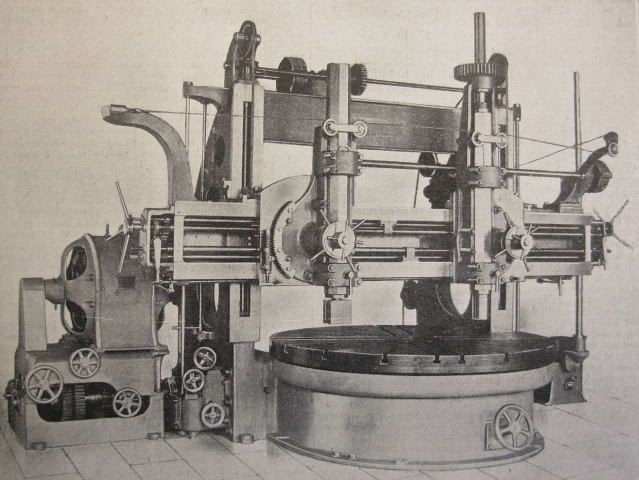Asquith
Diamond
- Joined
- Mar 3, 2005
- Location
- Somerset, UK
Part of this post repeats what I added to the recent ‘Carronette’ post. However, I’ve just found more information, and decided to start a new post.
I occasionally come across the words ‘Low Moor Iron’ in old books, and get the impression that in its day it was one of the leading companies for high class forgings or castings.
I recently noticed some smoothly-finished cast gun barrels beneath Sydney Harbour Bridge, bearing the name ‘Low Moor’ on the trunnions:-
http://i3.photobucket.com/albums/y54/Asquith1/Lowmoor01.jpg
http://i3.photobucket.com/albums/y54/Asquith1/Low02.jpg
They seem to have resisted corrosion very well.
This link has some information and photos of the works:-
http://www.ngfl.ac.uk/wards/lowmoorschool/history/lowmoor/Ironworks1.html
I’ve now learned that they made steam engines, including large winding and hauling engines. Seems a surprising venture for an ironworks, but presumably they thought it worth a go, given that they were already making many forgings and castings for other engine makers.
More surprising is the fact that they also ventured into the world of precision, making this in 1906:-

Not just another 100 inch vertical boring mill: the right hand head incorporated a drilling/milling/boring spindle. The machine was intended for engine disc cranks and locomotive wheels, allowing the face and rim to be turned, and the crankpin hole bored on one machine.
I occasionally come across the words ‘Low Moor Iron’ in old books, and get the impression that in its day it was one of the leading companies for high class forgings or castings.
I recently noticed some smoothly-finished cast gun barrels beneath Sydney Harbour Bridge, bearing the name ‘Low Moor’ on the trunnions:-
http://i3.photobucket.com/albums/y54/Asquith1/Lowmoor01.jpg
http://i3.photobucket.com/albums/y54/Asquith1/Low02.jpg
They seem to have resisted corrosion very well.
This link has some information and photos of the works:-
http://www.ngfl.ac.uk/wards/lowmoorschool/history/lowmoor/Ironworks1.html
I’ve now learned that they made steam engines, including large winding and hauling engines. Seems a surprising venture for an ironworks, but presumably they thought it worth a go, given that they were already making many forgings and castings for other engine makers.
More surprising is the fact that they also ventured into the world of precision, making this in 1906:-

Not just another 100 inch vertical boring mill: the right hand head incorporated a drilling/milling/boring spindle. The machine was intended for engine disc cranks and locomotive wheels, allowing the face and rim to be turned, and the crankpin hole bored on one machine.


